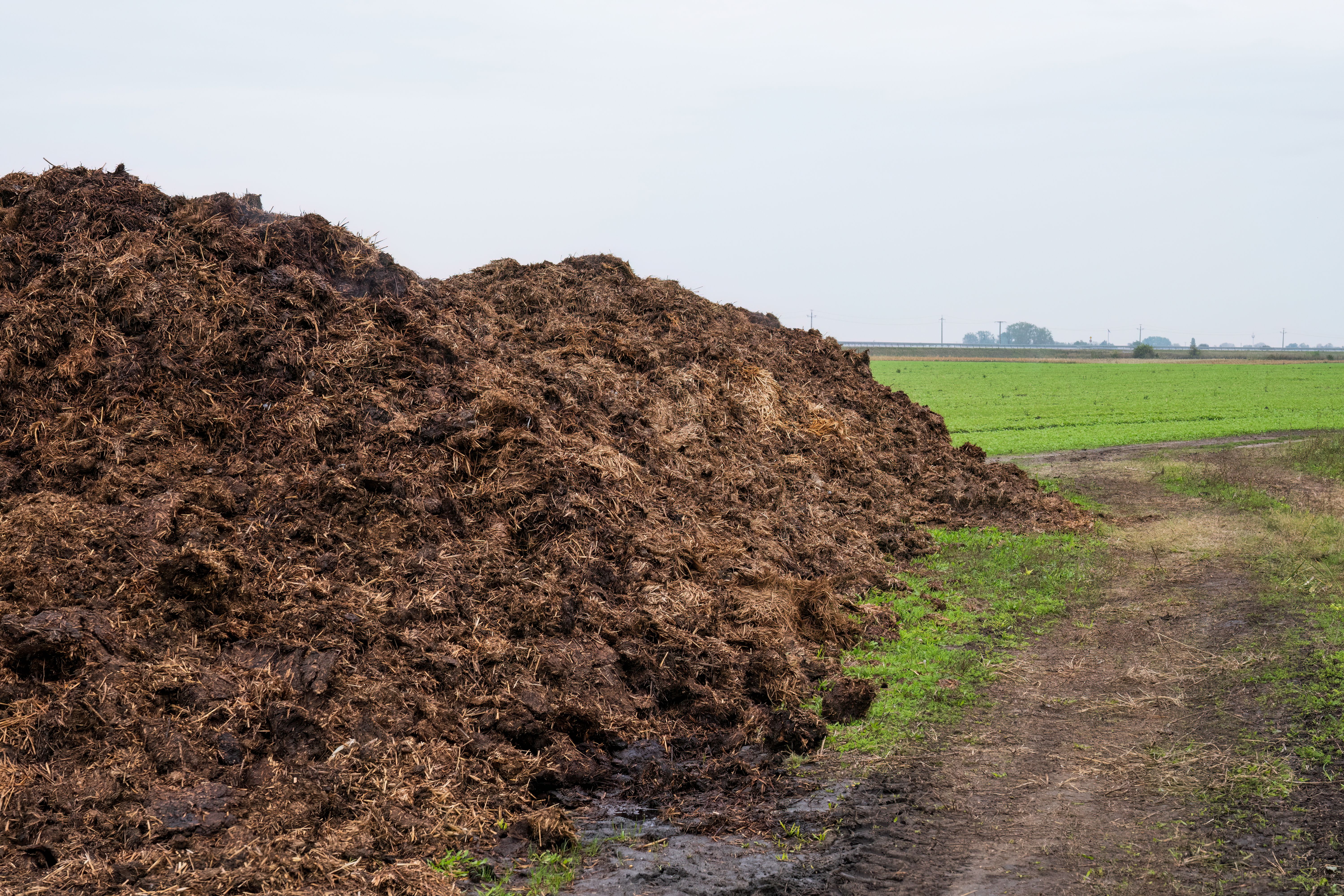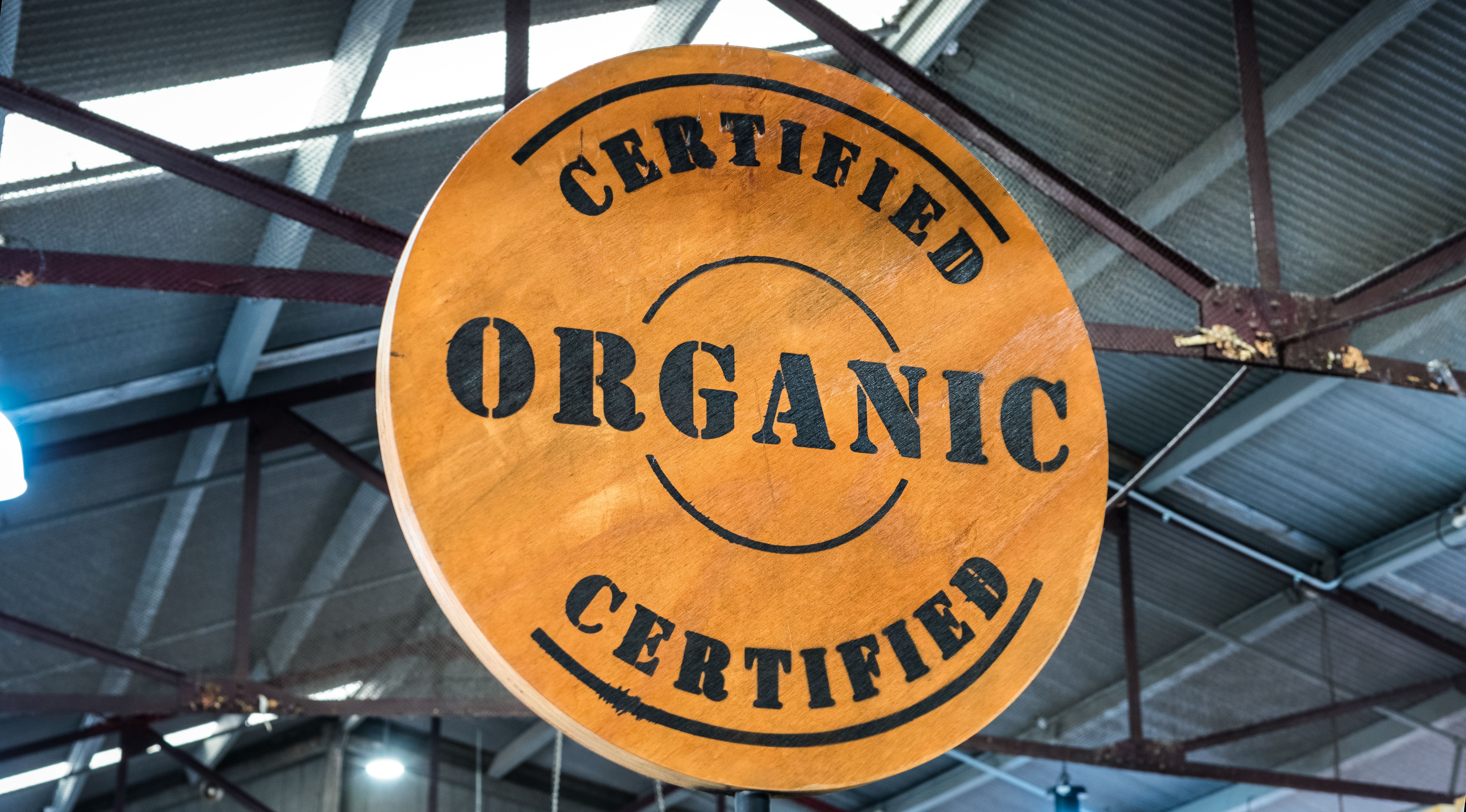Transitioning to Organic Farming: A Step-by-Step Guide for California Farmers
Understanding the Basics of Organic Farming
Transitioning to organic farming is a rewarding journey that can lead to healthier crops, improved soil quality, and increased market value. For California farmers, this shift is not just about eliminating synthetic chemicals but also about adopting sustainable practices that work in harmony with nature. Organic farming emphasizes the use of natural processes and cycles to manage pests and enhance soil fertility.
Before embarking on this transition, it's crucial to understand the core principles of organic farming. These include maintaining soil health through organic matter, promoting biodiversity, and using natural pest control methods. Farmers must also familiarize themselves with the regulations set by the USDA National Organic Program (NOP) to ensure compliance and certification.

Assessing Your Land and Resources
The first step in transitioning to organic farming is conducting a thorough assessment of your land and resources. This involves analyzing soil quality, existing vegetation, and water sources. Understanding these factors will help you determine the necessary changes required for organic cultivation.
Consider the current state of your soil and what amendments might be needed to enhance its organic matter content. Soil tests can provide insights into nutrient levels and help guide your choice of organic fertilizers. Additionally, evaluate your water management practices to ensure they align with organic standards.
Creating a Transition Plan
Developing a transition plan is essential for a smooth shift to organic farming. This plan should outline the steps and timeline for converting your farm operations. Start by setting clear goals for what you want to achieve with organic farming, such as improved yield quality or reduced environmental impact.

Next, identify the changes needed in your current farming practices. This might include altering crop rotations, establishing cover crops, or integrating livestock into your system. A detailed plan will help you stay on track and measure progress throughout the transition.
Implementing Organic Practices
Once your plan is in place, begin implementing organic practices on your farm. This could involve switching to organic seeds, utilizing natural pest control methods, and applying organic fertilizers and compost. It's important to document every change you make, as this information will be vital during the certification process.
Farmers should focus on building healthy soil through the use of cover crops and crop rotation. These practices not only improve soil fertility but also help manage weeds and pests naturally. Additionally, integrating livestock can promote nutrient cycling and enhance biodiversity on the farm.

Monitoring Progress and Adjusting Strategies
The transition to organic farming is a dynamic process that requires ongoing monitoring and adjustments. Regularly assess the effectiveness of your new practices and be open to making changes as needed. Keep track of crop yields, soil health, and pest levels to determine the success of your efforts.
Engage with local organic farming communities and networks for support and advice. Learning from the experiences of other farmers can provide valuable insights and help refine your strategies. Attending workshops and training sessions can also enhance your knowledge and skills in organic farming.
Achieving Organic Certification
The final step in transitioning to organic farming is obtaining certification from an accredited certifying agency. This process involves a thorough review of your farm practices, documentation, and a physical inspection. Certification ensures that your products meet national organic standards and can be marketed as organic.
To prepare for certification, ensure all records are up-to-date and accurately reflect your farming practices. The transition period typically lasts three years, during which you must adhere to organic standards without selling products as certified organic until the process is complete.

Transitioning to organic farming is a commitment to sustainable agriculture that benefits both the environment and consumers. By following these steps, California farmers can successfully make the shift to organic practices and contribute to a healthier planet.